These posts are not for foraging. They are intended for entertainment and intellectual satisfaction only. These posts are not a field guide nor comprehensive in any way - their accuracy is not assured in any way. Do not eat wild mushrooms unless you are a professional, have substantial professional assistance or have a wealth of personal experience with a specific species. Do not make any foraging decisions based on these posts. To do so could be dangerous or life threatening.
These Posts Contains No Information Regarding Edibility Or Toxicity
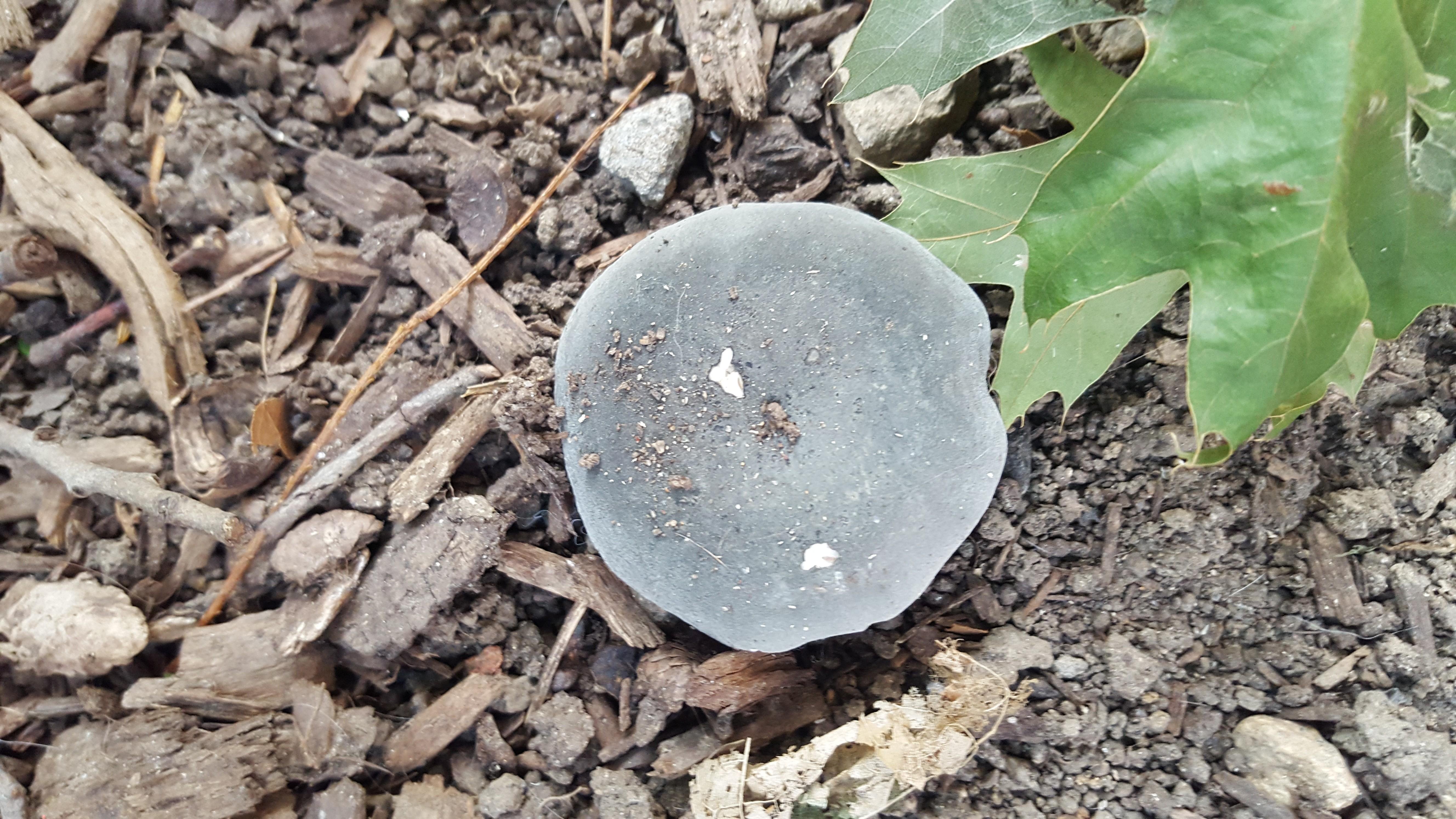
This one is a head scratcher
Found this cryptic little fellow growing all by its lonesome in a well manicured green space near an apartment building.
Spoiler alert - I think this mushroom might be a species called Russula parazurea. This would be unremarkable if the species wasn't fairly obscure and located primarily across the Atlantic. However, the macro characteristics of this mushroom so line up with the descriptions I've found for R.parazurea that I'm having a hard time coming to any other conclusion.
So, lets work through my logic. As I unveil details of this mushroom, compare them to the details in the linked to website.
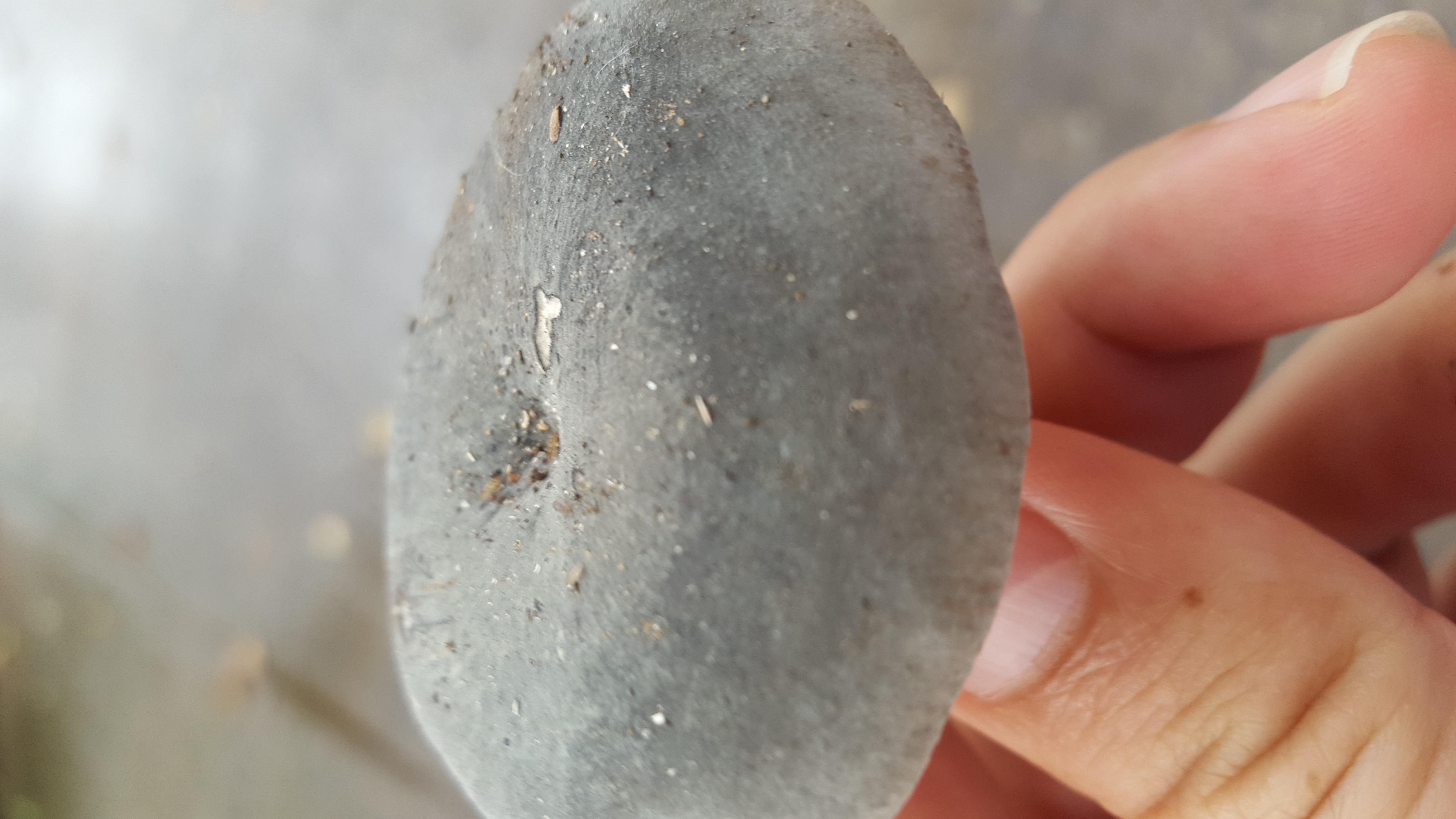
First, the obvious details
The mushroom has a soft, suedish looking matte gray cap. It was growing within a bed of woodchips, but also nearby several old growth deciduous trees. Convex to flat. Some detritus on top, but the fresh cap is dry to the touch.
Let's flip him over
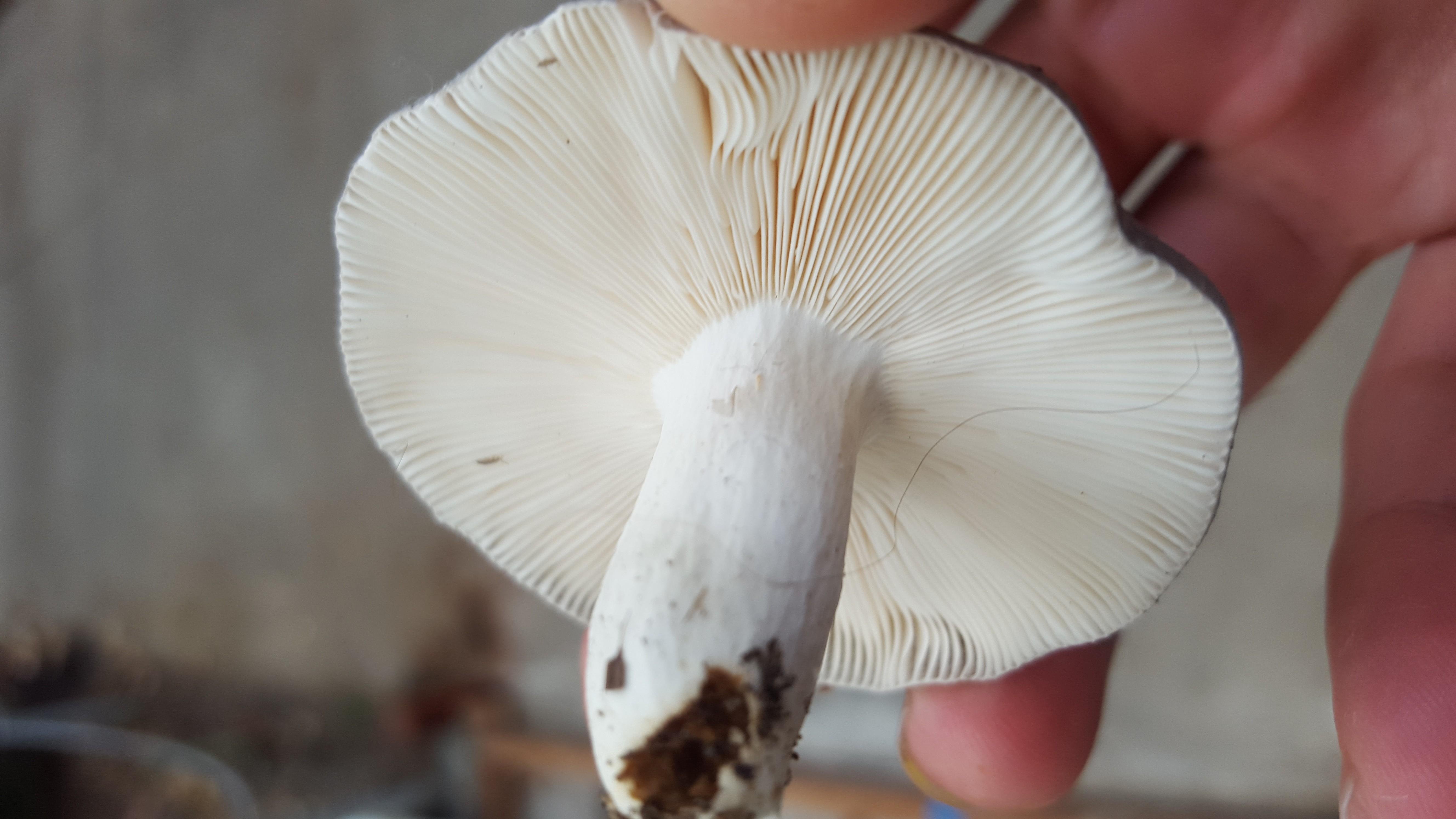
Beautiful, whitish cream gills
Fairly crowded, with a similarly colored stem. No partial veil or annulus, no egg remnant or volva. The gills do not run down the stem, between adnate or adnex.
So far, if you've been comparing, this mushroom fits the bill for R.parazurea very well.
But lets keep going
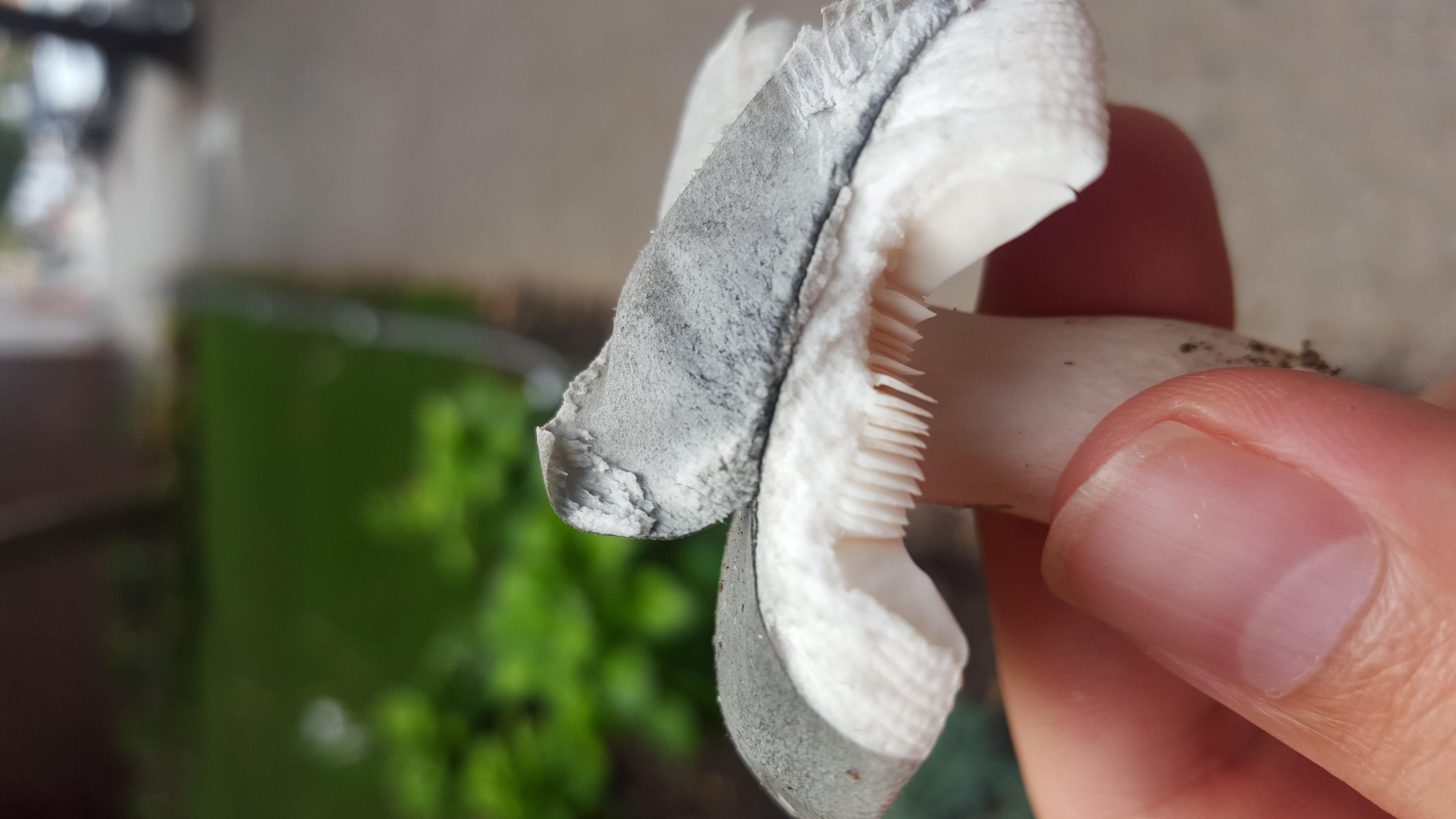
The cap is classic Russula brittle
It snaps right off. The flesh is white and the grey skin on the cap starts to peel off almost to the center. The gills are a bit waxy. The flesh doesn't change color in the short term at all. All continues to fit the bill.
Let's look at the stem
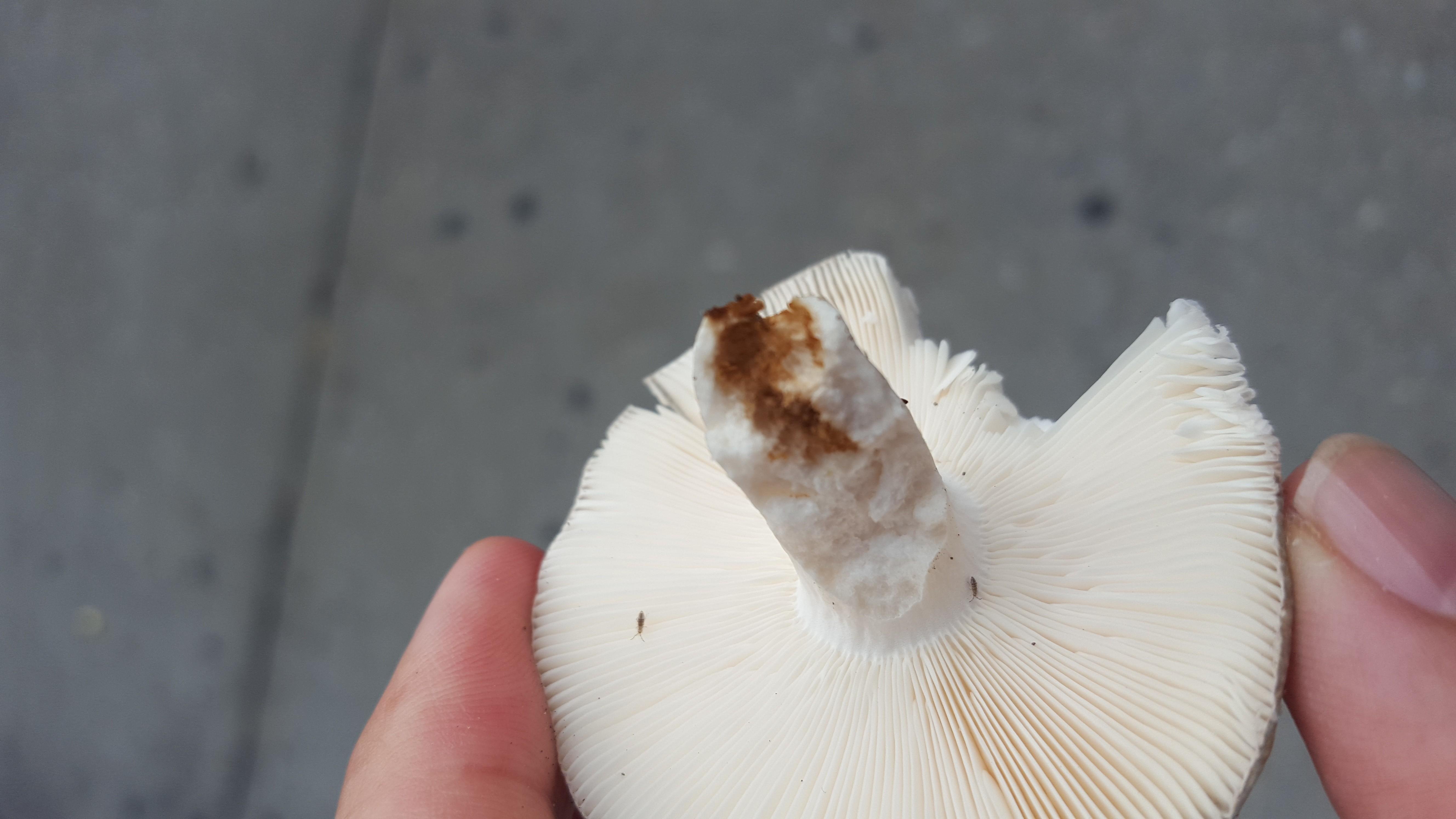
The halved stem broke easily
The stem did not change color and was not hollow. Here we run into a very specific trait which is highlighted for R.parazurea, the brown staining inside the stem near the bottom.
Things are looking good for this ID. The mushroom also has no real smell, although it is fresh - another notable trait for this species. Plus, since it was a Russula, taste becomes a relevant measure.
Little known fact, chewing a tiny amount of clean mushroom flesh, assessing the taste, and then spitting all of it out generally considered safe. Nonetheless I tend not to do it because i tend to find my mushrooms in the city and am often disgusted by their surroundings.
But this mushroom was growing someplace familiar and clean and I wanted to see if it had the famous Russula heat. So I took a tiny bit of flesh, taken from under the gray skin, chewed it and spit it out. No distinct taste at all and no heat! Also consistent with R.parazurea.
Time for a spore print
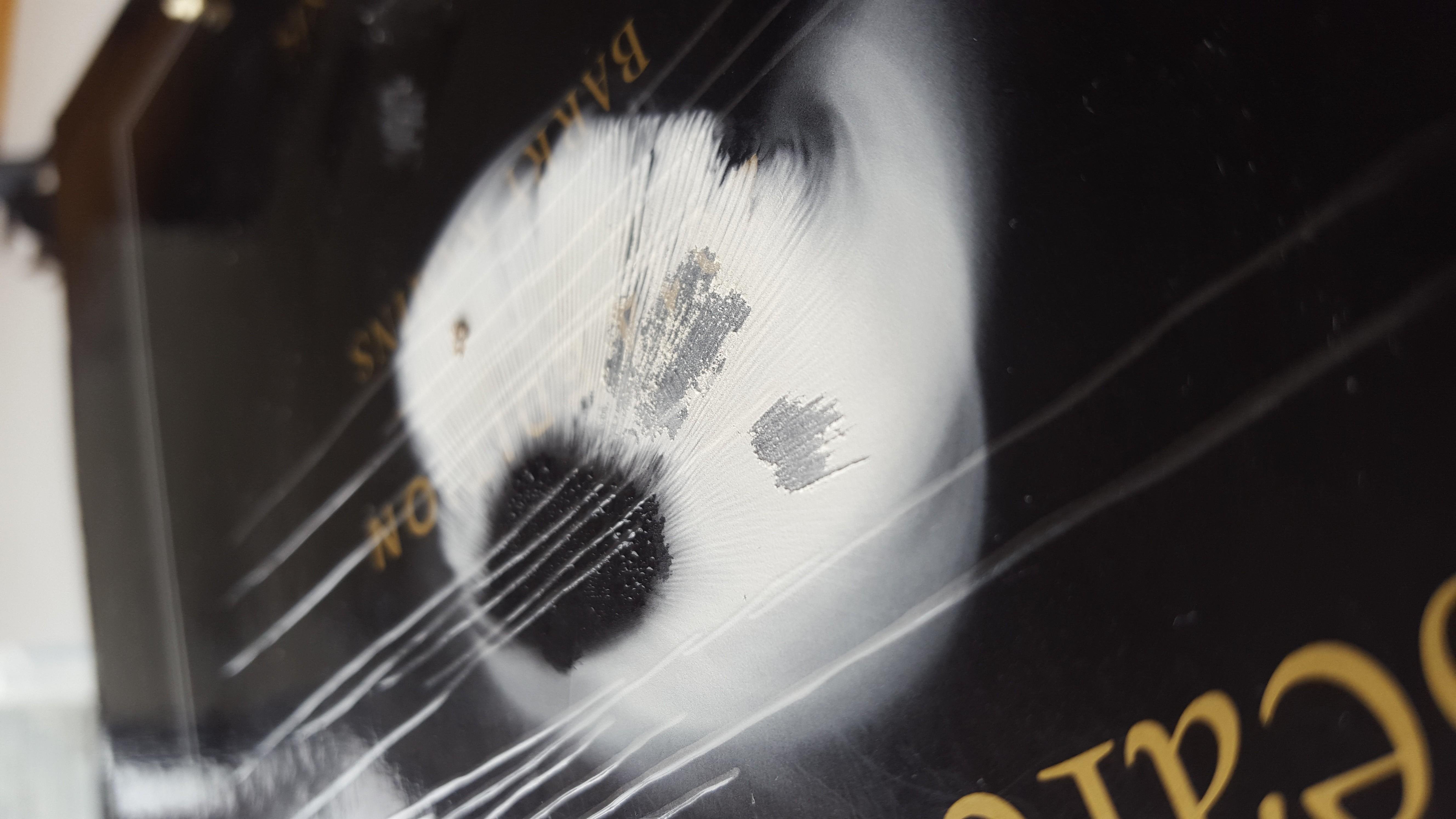
24 Hours later, the most beautiful cream colored print
The color IRL might have been a touch yellower than in the photo, but just a tiny bit. It looked like perfect coffee creamer. Plus, the mushroo flesh didn't change color at all in the 24 hour period.
After comparing all of the macro characteristics I noted with those for R.parazurea, this mushroom appears to fit the bill perfectly.
Now, that is not an assurance of anything. Russulas, like Lactarius and Boletus mushrooms can be notoriously difficult to ID to a species wothout DNA analysis.
Plus, although it fits the bill for R.parazurea, I have fewer information sources for that species than I'd like and the species is apparently native to Europe and Great Britain. There are a few other Russulas that almost fit the bill - R.anatina for instance or R.grissea- but they aren't as perfect a match.
However, First Nature's rundown of the species makes reference to rumors of the mushroom appaearing in the US. This is by no means dispositve, but I think the mushroom I found is close enough to R.parazurea that I feel comfortable adding this little guy to those rumored US specimens.
As always, if anyone has any other ideas - I'm looking at you @fabulousfungi :) - I am open to them!
Photos are all my own
Information Sources:
[1]First Nature on R.parazurea
[2]Wild Food Uk on R.parazurea
[3]Fungipedia on R.parazurea - Spanish
[4]Mycokey R.anatina
[5]Mycokey R.grisea
